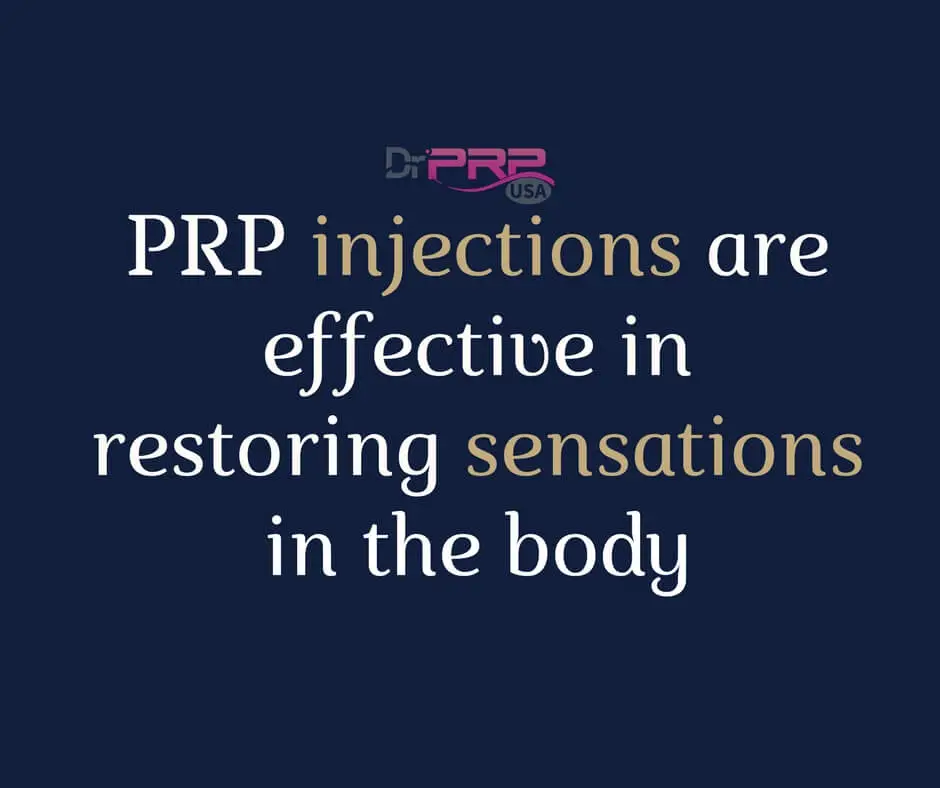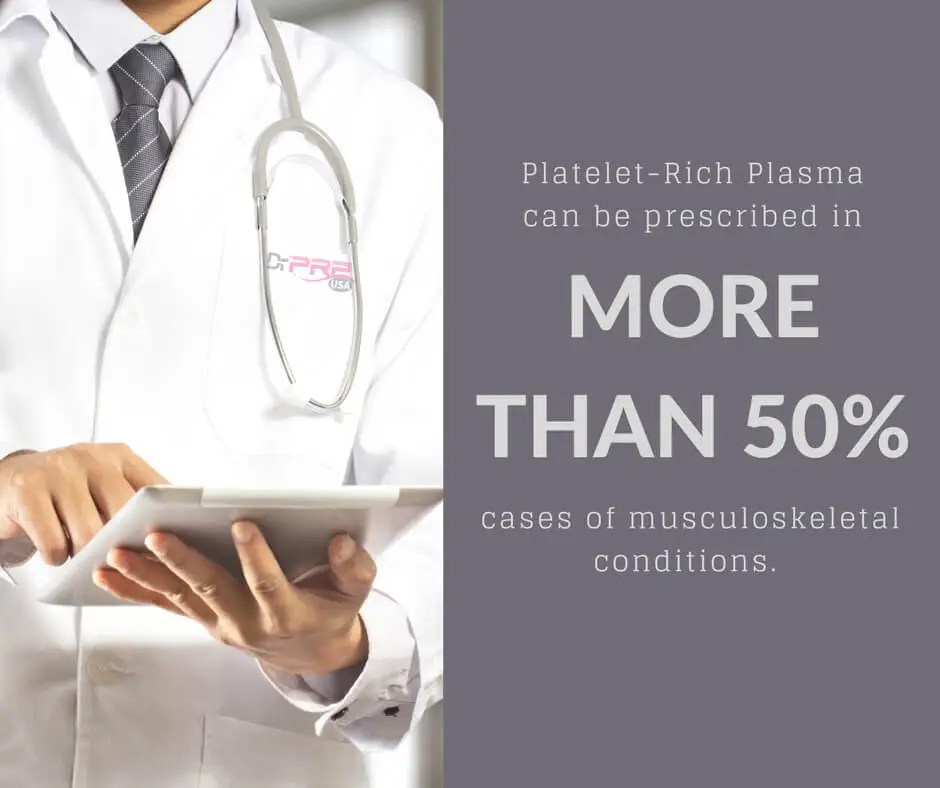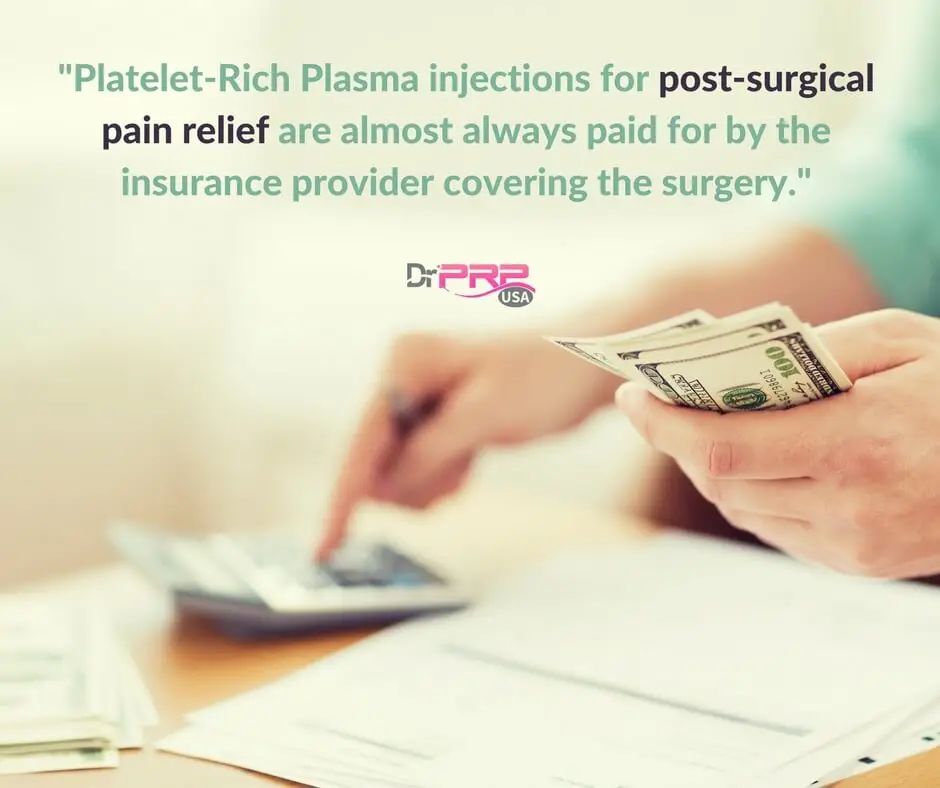| Item | Price | Qty | Total | |
|---|---|---|---|---|
 Loading Cart...
Loading Cart...5 Ways Platelet-Rich Plasma Is Relieving Pain in America

Few things are as life-shrinking as chronic pain. Health economists report that chronic pain costs our nation more than $635 billion each year in medical treatment and lost productivity – more than cancer, heart disease and diabetes. Painkillers have been the only relief medication in modern history. That’s changing with Platelet-Rich Plasma. It has been emerging as one of the key players in pain management.
In any life that’s exclusively ruled by pain, Platelet-Rich Plasma has the power to bring back pleasure and normalcy. It’s certainly a better option for those who’re getting by on four or five Advils a day and wondering what the long term consequences would be.

First of all, Platelet-Rich Plasma injections are completely safe. The PRP, prepared by centrifuging the patient’s blood in a special blood tube, works in a two step way. First the injections, often guided by ultrasound, breaks up the tissues and second, the growth factors in the PRP helps rebuild the entire tissue. This produces a healing effect and reduces pain.
Here are five common types of pain that can be healed with Platelet-Rich Plasma.
1. Arthritis pain
It’s been well-proven that a few shots of Platelet-Rich Plasma can produce a huge effect for Arthritis patients. It has the potential to…
- Inhibit inflammation and thus slowing down degeneration
- Stimulate cartilage formation
- Kickstart the production of lubricating fluid
These activities in the affected site ends up reducing the pain sensation.
As a long term effect, Platelet-Rich Plasma injections tend to preserve the joints in more than 70% of the cases – as reported by a landmark study in 2013. Recent studies have shown similar results too. They discovered that a two or three injection treatment over a period of 4-6 weeks with Platelet-Rich Plasma does more benefit that similar injection treatments with either Corticosteroids or Hyaluronic Acid. Moreover, the cartilage degeneration was significantly slowed even for patients in advanced stages of Osteoarthritis.
The researchers also conclude that repeating the injections after 6 months ensured better results.

2. Neurological pain
Platelet-Rich Plasma is one heck of a wonder treatment whose healing potential seems to be expanding everyday and seems like it’s only limited by the physician’s imagination. The latest of those new discoveries is in the field of nerve regeneration and the resulting neuropathic pain. Nerve fibers consisting of neurons are very delicate structures and not much has been discovered about its operating mechanism. But recently, platelet rich plasma have been shown to promote the restoration of nerve fibers.

In a study performed at Hasanuddin University in Indonesia, Platelet-Rich Plasma was successful in nerve regeneration for patients with leprosy peripheral neuropathy – a situation where all traditional treatments have failed. Which means PRP injections are effective in restoring sensations when it has been lost. This is remarkable news.
Then there is another study conducted in Greece the shows very encouraging mid-term results regarding PRP for treatment of Carpal tunnel syndrome.
All of this is proof that Neuropathic pain can be alleviated by Platelet-Rich Plasma. This paper by a researcher at the University of Puerto Rico analyses how Platelet-Rich Plasma has been able to eliminate neuropathic pain. He reports that PRP’s ability to promote axon regeneration is the key.
Here’s a video from a Rejuv Medical where a patient explains how she had PRP Injections for Nerve treatments and how it changed her life remarkably.
3. Chronic back pain
Chronic back pain and sciatica are mysterious conditions and physicians generally have a hard time figuring out what’s causing them. They first thing they do is to scan the lower back area for defects. When they find one, they’ll recommend surgery to correct that defect even though they have no idea if that defect is indeed the culprit of the pain. When they can’t find any defects, they end up being puzzled and sent the patient away with a bunch of Advils.
In a spine health forum, a patient explains his situation which was similar. His physician suspected the tears in L4-L5 spine segment to be the causing the pain. But there were minor tears and bulges everywhere, so the physician was confused. The patient ended up having to take 8 Advils a day. Unable to continue with that, the patient skeptically tried Platelet-Rich Plasma injections. He went from not being able to sit back in office or drive in a car (even with those medications) to stopping the medications altogether and going on a family trip overseas. Talk about a dramatic shift in life experience!
Another patient on the same forum describes how she had PRP injection for chronic pain in the cervical spine, and it’s been pain-free for two years.

These kind of stories are supplemented by occasional clinical studies like this where the patients not only had experienced near complete pain relief but also were able to sustain those results for 2 years. This is remarkable for a degenerative disease, aka, a condition that worsens as time goes by. Here are another study conducted in China and another one by Japanese researchers.
4. Joint Pain
In addition to back and knees, almost all other joints are being treated by Platelet-Rich Plasma now. As the science of PRP evolves, the treatment is vigorously gaining popularity with more and more patients demanding it from their physicians. After all, the procedure is incredibly straightforward and is easily understood by most. The physicians hardly need to talk before the patient accepts eagerly.
Hence the doctors are now quick to prescribe Platelet-Rich Plasma for any case of chronic bursitis – in areas like fingers, elbow, toes, hip, shoulders, neck, wrist, ankle, and hip – and the results are almost always positive.
In fact, Platelet-Rich Plasma can be – and must be – prescribed for more than 50% of the musculoskeletal issues that are usually treated with surgery or steroid injections.

5. Post surgical pain
Surgical pain relief is one of the newer areas where Platelet-Rich Plasma is gaining ground. This is primarily to take advantage of the wound-healing and bone regeneration aspects of PRP, but pain-relief is a very evident beneficial side-effect. Some medical perfusionists advice Platelet-Rich Plasma after almost all surgeries including Neurosurgery, Tumor removal surgery, Oral and Maxillofacial Surgery, Head and Neck Surgeries, Reconstructions and Cosmetic Surgery, Orthopedic/Spinal Surgery, Hand and Foot Surgery, Bone Graft Surgery, Cardiothoracic Surgery and Bariatric Surgery.
By cutting short the time it takes to heal from the wounds of surgery, Platelet-Rich Plasma plays a pivotal role in assisting patients get productive as early as possible. And when done in conjunction with surgery, Platelet-Rich Plasma injections are almost always paid for by the insurance provider covering the surgery.

The beginning of the end of orthopedic surgery?
At a time when big hospitals are racing towards a possible automation of orthopedic surgeries, there are some physicians who believe that the rise of Platelet-Rich Plasma together with the rise of stem cell technology marks the beginning of the end for 80% of the orthopedic surgeries. They say science is finally waking up to the fact that human intervention is not the most efficient way of dealing with musculoskeletal issues. Rather, it’s best to provide the necessarily biologics in the form of PRP and stem cells so that the body can invoke it’s own healing.

I hope you agree – because today’s regenerative medical trends are certainly pushing the medical industry in that direction.
If you haven’t started offering Platelet-Rich Plasma – or would like to know some general protocols, we would love to share them with you. Just call us at (844) 377-7787 or email via [email protected].


